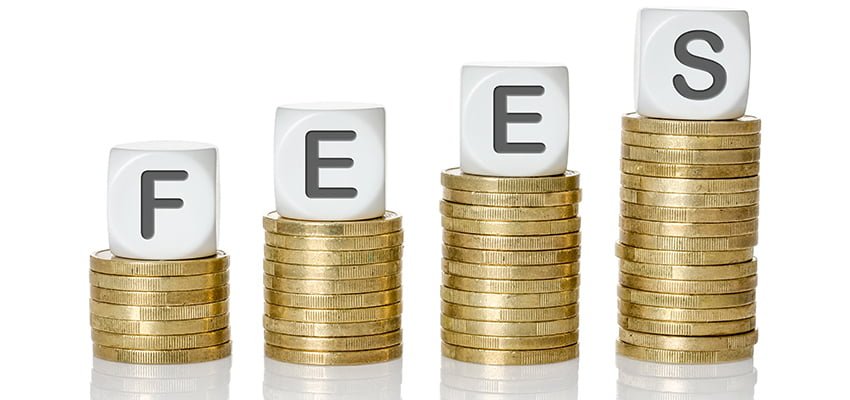HIGHER infrastructure charges have seen stevedores’ “unit revenues” increase for the first time in seven years, the Australian Competition and Consumer Commission says.
The ACCC has just released its Container Stevedoring Monitoring Report for the 2018-19 financial year.
According to the regulator, “higher infrastructure charges helped to drive growth in unit revenues for the stevedores for the first time since 2011–12 and since third stevedores entered the industry at the east coast ports”.
Revenue per lift grew 1.8% to $268.50.
Quayside revenue per lift continued a downward slide to a low of $190.4 per lift, down 8.1% from 2017–18. This decline reportedly reflected the growth in shipping lines’ bargaining power with stevedores, as well as a high proportion of empty containers.
However, revenue from landside and other sources rose 12.9% to $78.1 per container due mainly to increases in infrastructure charges which now make up 29% of the total.
The industry generated $167m in revenue from infrastructure charges during 2018–19, an increase of 63% from 2017–18.
“After DP World’s decision to increase charges in Melbourne from around $49 to $85 from 1 January 2019, Patrick and VICT followed with increases of their own,” the report stated.
“Patrick now has the highest charges in Sydney ($77.50) and Brisbane ($71.50) following increases in March 2019. Infrastructure charges generated 12.2% of the stevedores’ revenues.
Container Transport Alliance director Neil Chambers said the report vindicated their argument about why the focus of the stevedores had shifted to the landside “as they just can’t negotiate higher rates from the shipping lines”.
“The shipping lines are enjoying unprecedented stevedore rates, but they haven’t passed any of those savings onto the shippers through lower port fees – in fact, they have put them up,” Mr Chambers said.
“So, shippers are paying higher and higher terminal access charges, passed on by their transport operators, and higher port fees.”

